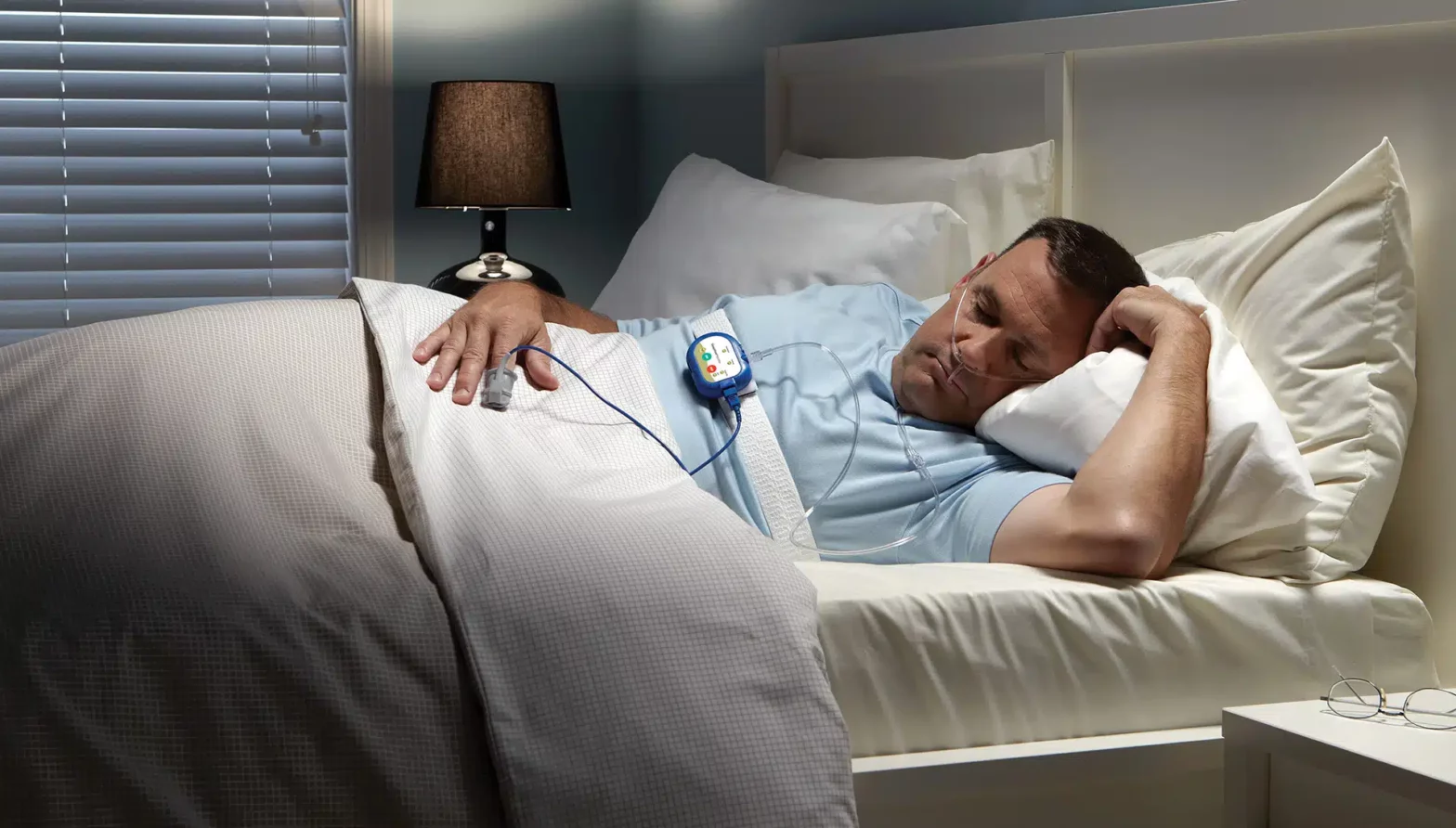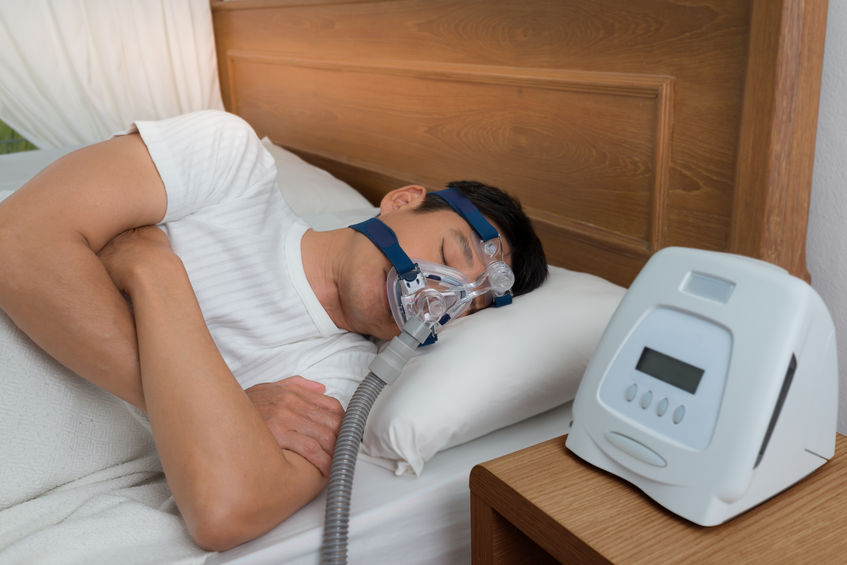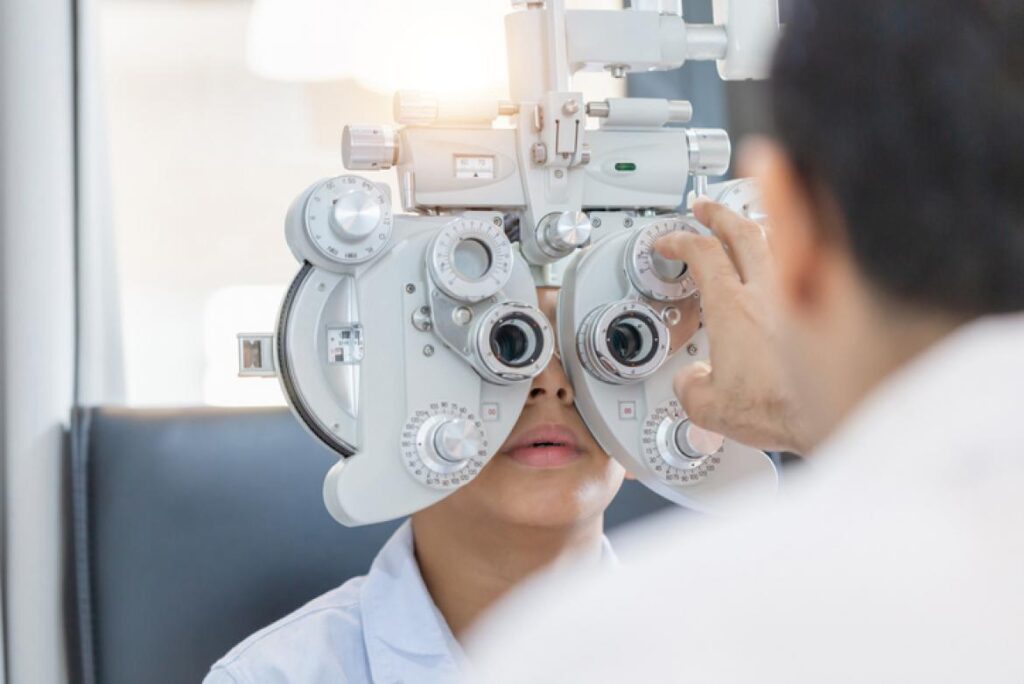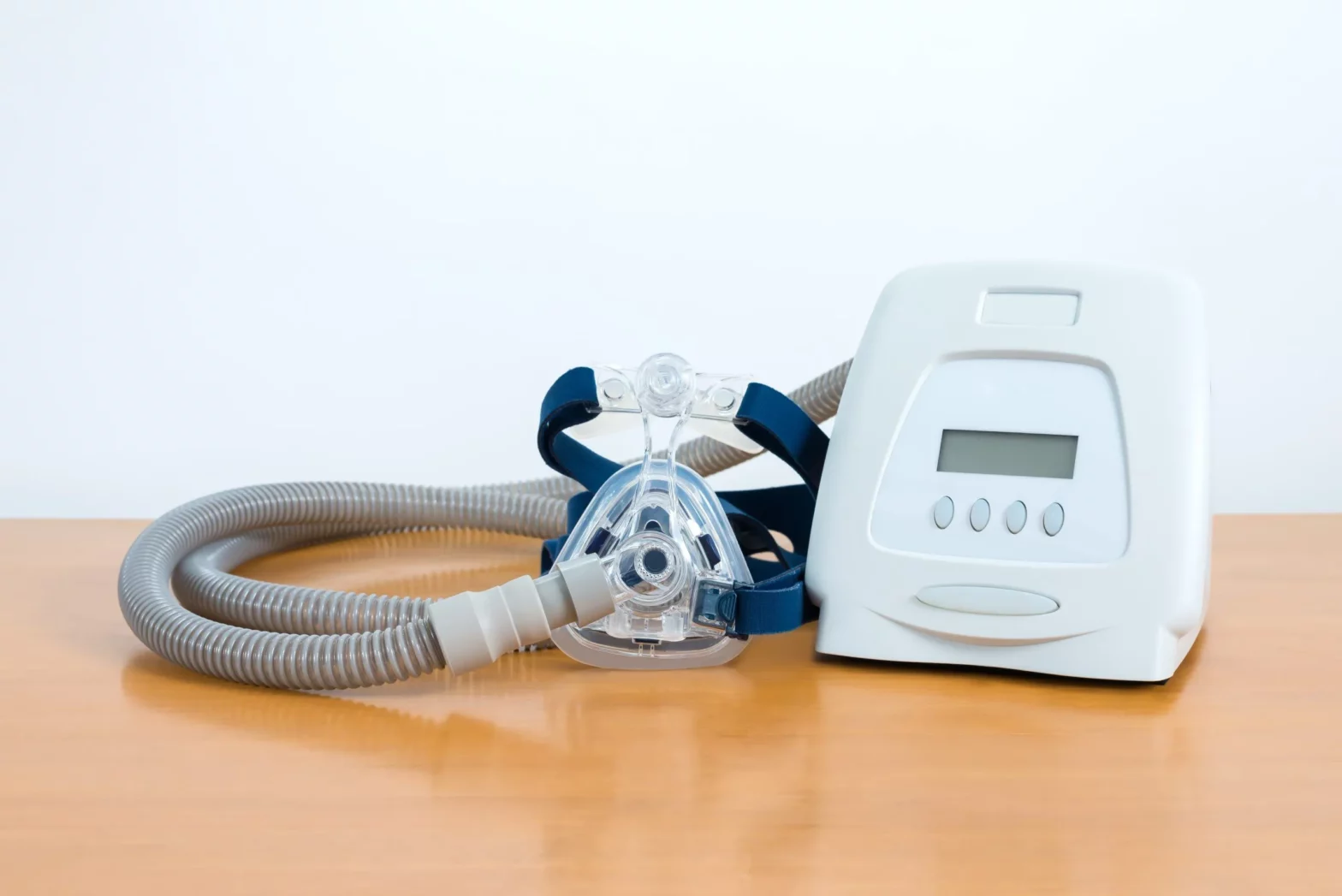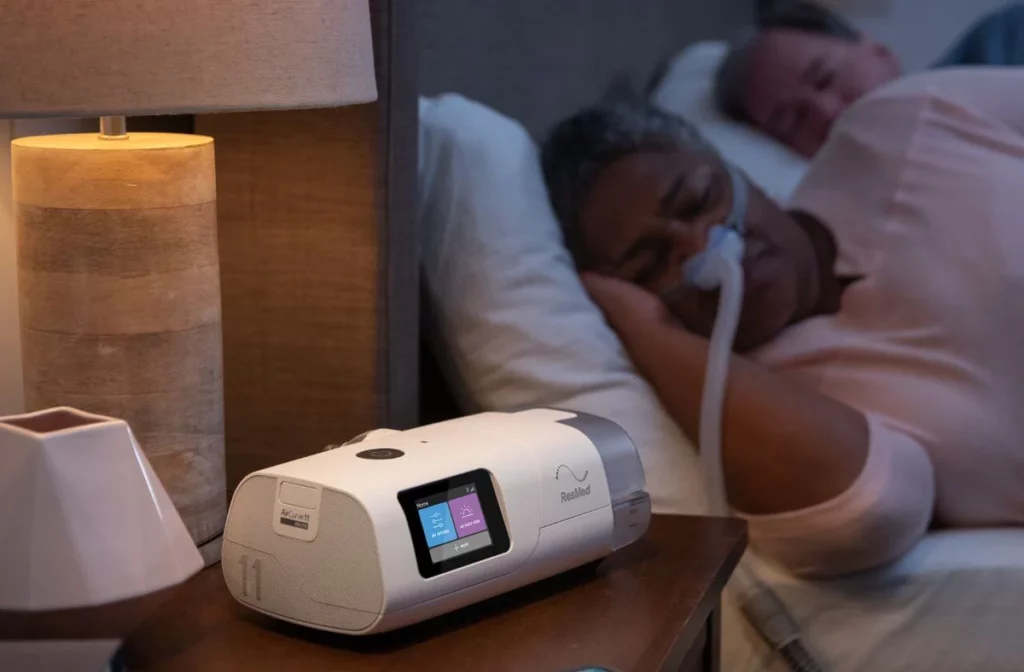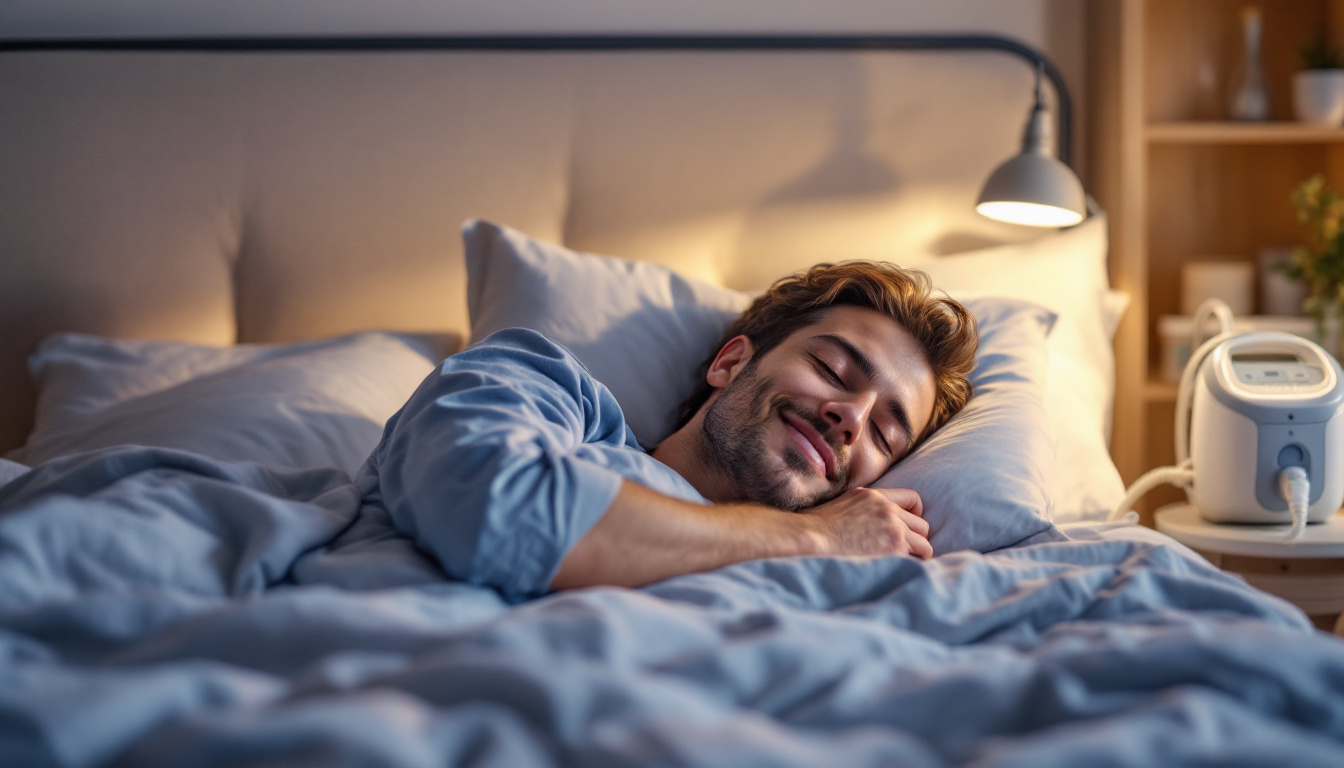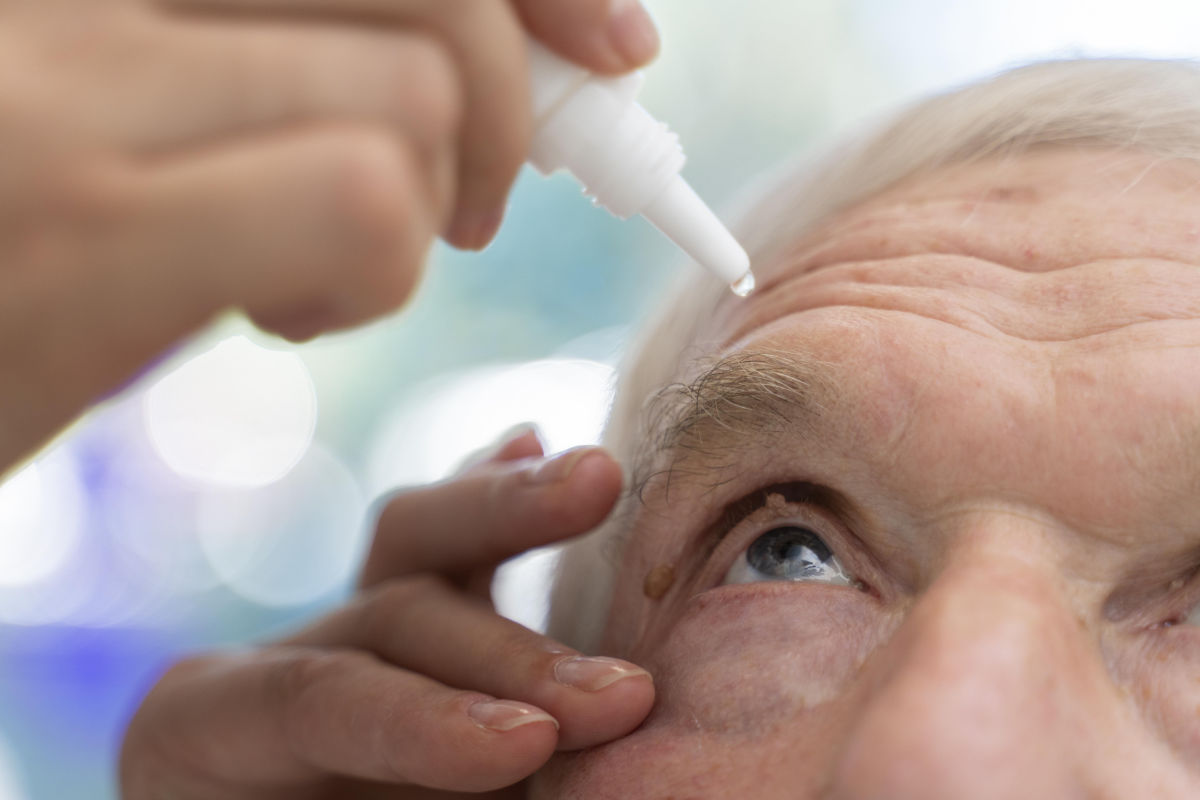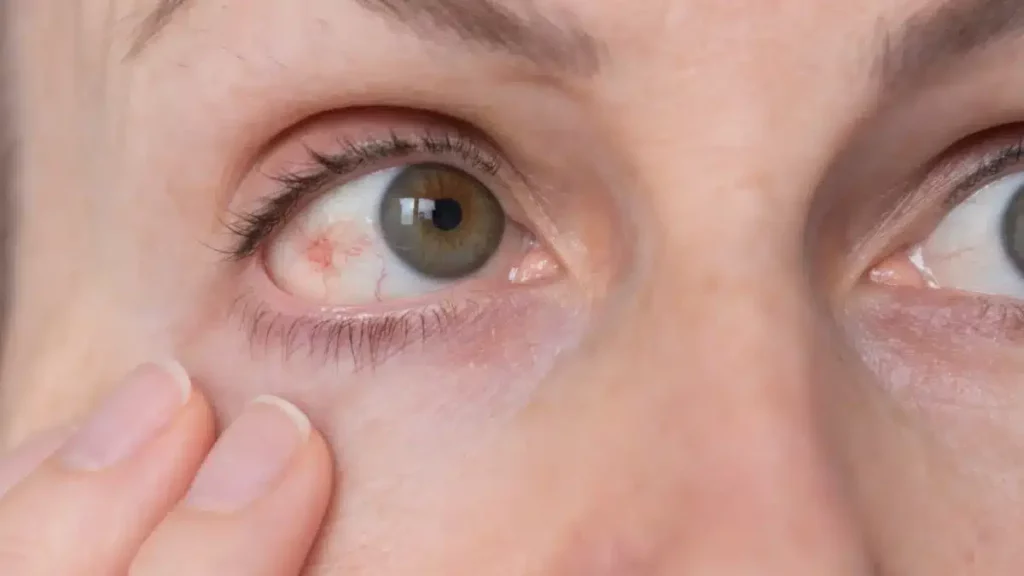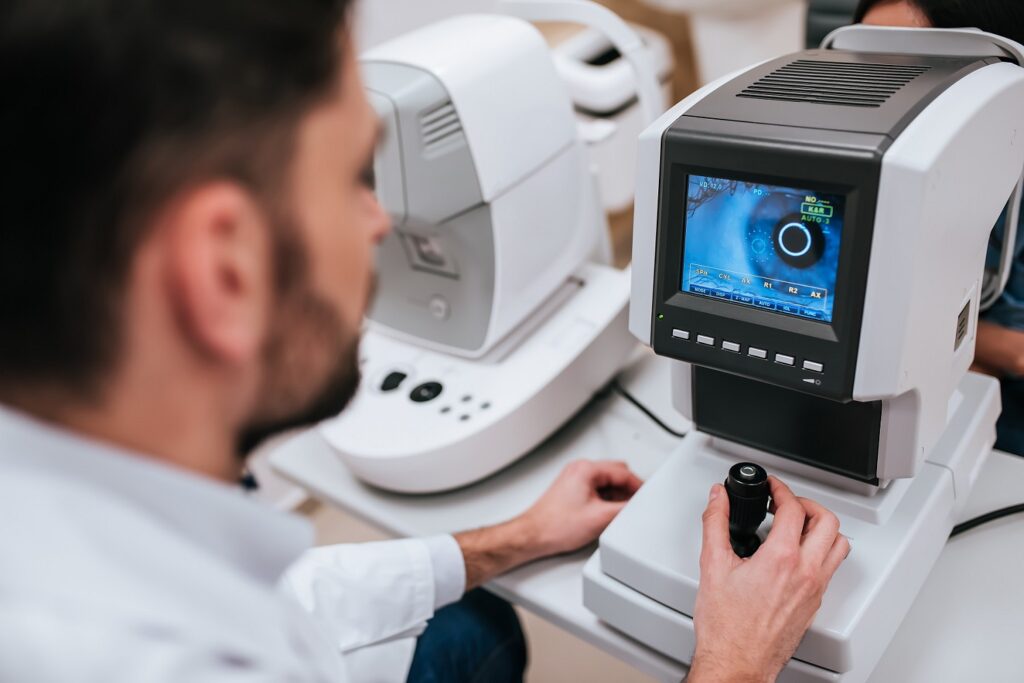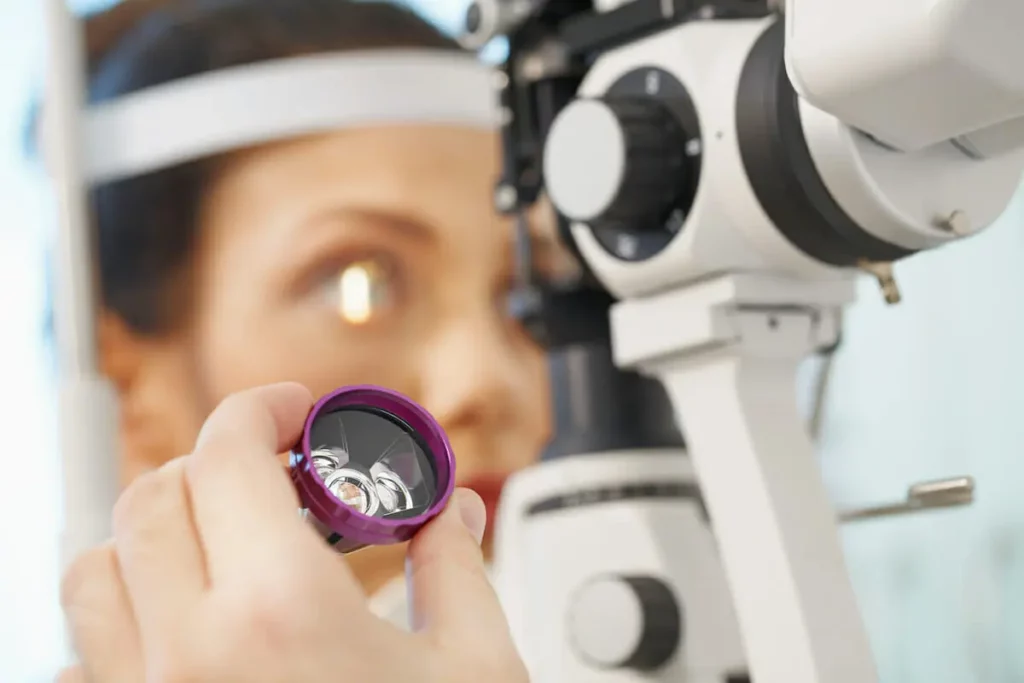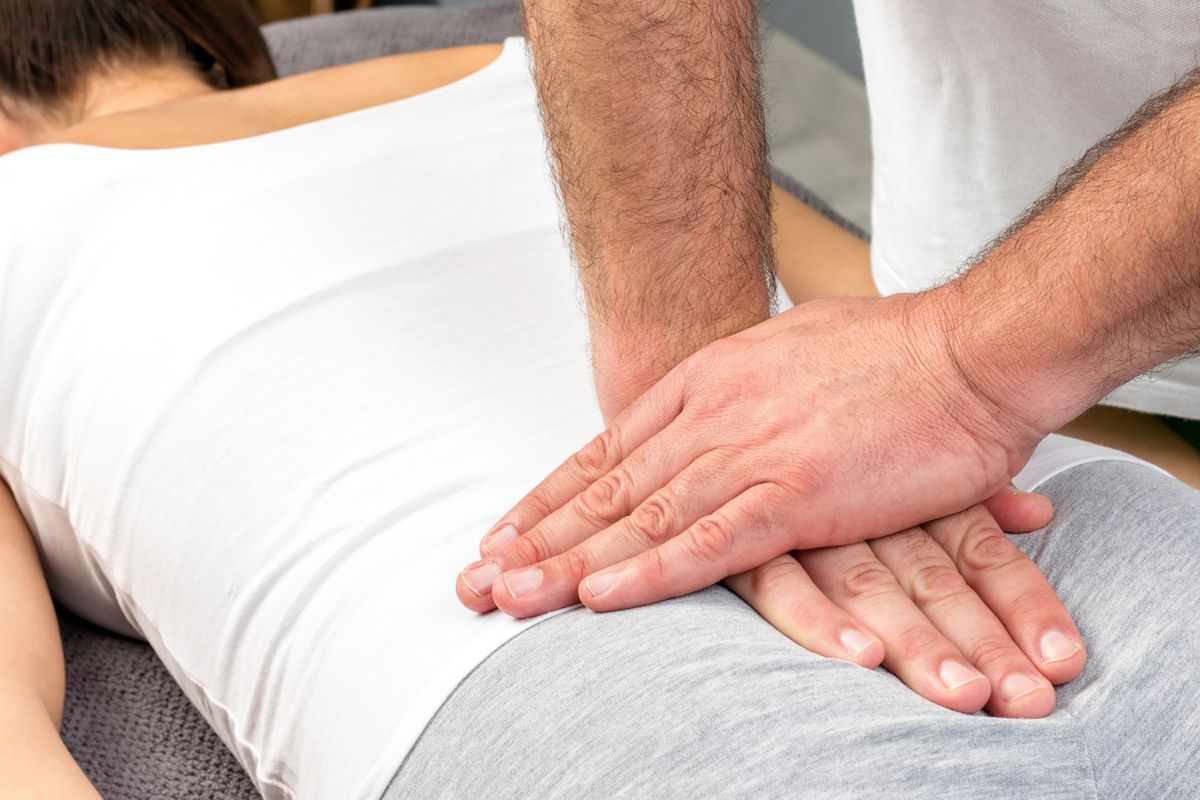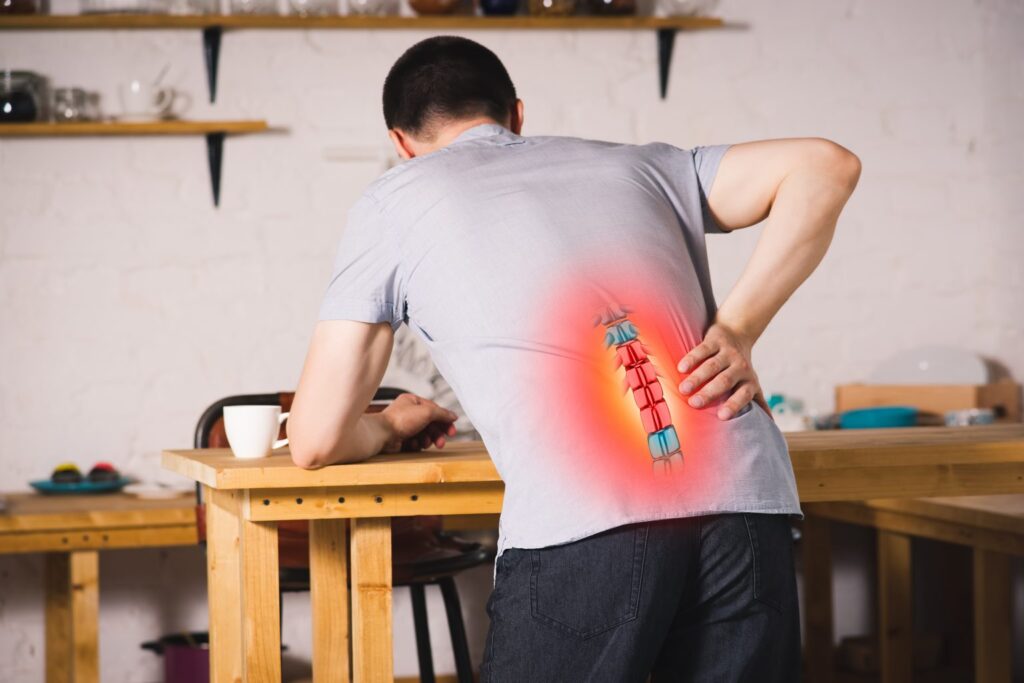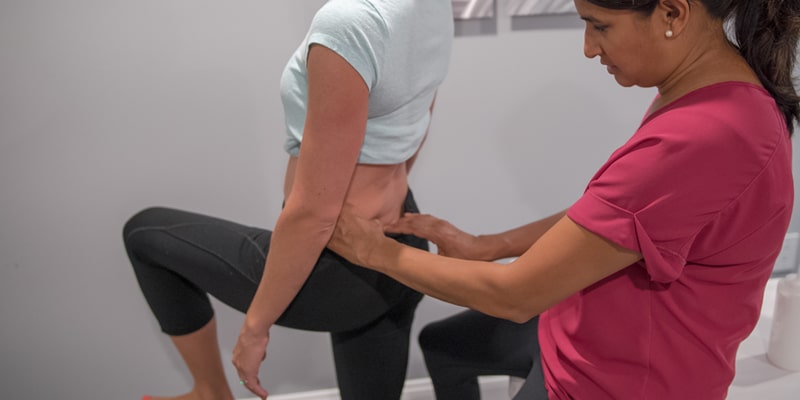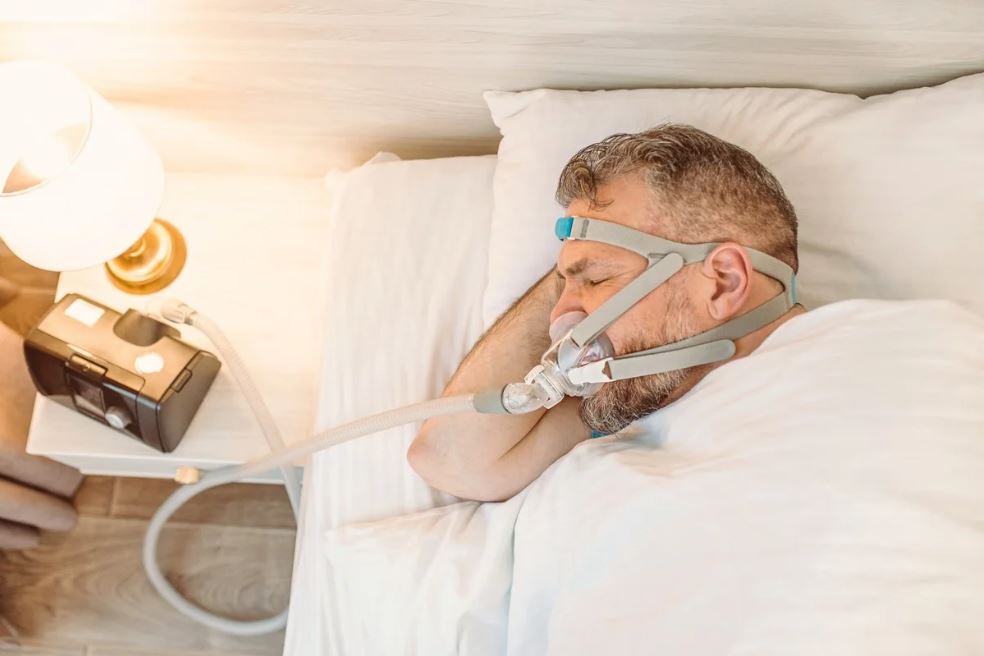What Are Sleep Studies and How Do They Help in Diagnosing Sleep Disorders in Hobart?
A sleep study monitors your breathing, oxygen levels, heart rate, and body movements throughout the night to identify sleep disorders like obstructive sleep apnea (OSA). The primary goal is to capture objective data about what happens whilst you sleep, revealing patterns that explain daytime fatigue, snoring, or breathing interruptions.
Hobart residents can access Sleep Study Hobart services through several established providers. North Hobart Pharmacy offers convenient home sleep testing, allowing patients to complete studies in the comfort of their own beds. Sleep Solutions Australia provides both in-clinic polysomnography and home-based monitoring options, depending on the complexity of the suspected condition.
The typical pathway begins with your GP. When you report symptoms like loud snoring, witnessed breathing pauses, or excessive daytime sleepiness, your doctor assesses whether a Sleep Study Hobart is warranted. They complete a referral outlining your symptoms and medical history, which the sleep clinic uses to determine the most appropriate testing method for accurate diagnosis and effective treatment.
The referral process typically involves:
- Initial consultation with your GP about sleep concerns
- Medical history review and symptom assessment
- Referral to a Hobart sleep clinic for diagnostic testing
- Pre-study questionnaires about sleep patterns and lifestyle factors
Most Hobart clinics process GP referrals within 1-2 weeks, though waiting times vary based on urgency and provider availability.
What Key Metrics Are Included in Sleep Study Results?
Your sleep study report contains several numerical values that quantify different aspects of your night’s sleep.
Arousal Index (AI)
The arousal index (AI) measures how many times per hour you briefly wake or shift from deeper to lighter sleep stages. Values above 20 arousals per hour typically indicate significantly disrupted sleep.
Apnea-Hypopnea Index (AHI)
The apnea-hypopnea index (AHI) counts complete breathing pauses (apneas) and partial reductions in airflow (hypopneas) per hour. An AHI below 5 is normal, 5-15 indicates mild OSA, 15-30 represents moderate severity, and above 30 signals severe obstructive sleep apnea requiring immediate treatment.
Respiratory Disturbance Index (RDI)
The respiratory disturbance index (RDI) provides a broader measurement by including respiratory effort-related arousals (RERAs) alongside apneas and hypopneas. This metric often reveals breathing difficulties that AHI alone might miss.
Periodic Limb Movement Index (PLMI)
PLMI (Periodic Limb Movement Index) tracks involuntary leg or arm movements during sleep. Values exceeding 15 movements per hour may indicate periodic limb movement disorder, which disrupts sleep independently from breathing issues.
Two critical safety markers appear in every report:
- Longest Apnea duration
- Minimum oxygen saturation (SaO2)
The longest recorded breathing pause reveals the severity of individual events, whilst minimum SaO2 below 80% indicates dangerous oxygen deprivation requiring urgent medical attention.
How Do These Metrics Reflect Sleep Quality and Disorder Severity?
Frequent arousals disrupt the natural sleep cycle, preventing progression into deep restorative stages. When your Arousal Index exceeds 20 events per hour, your brain never achieves sustained slow-wave or REM sleep—the phases essential for physical recovery and memory consolidation. Each arousal, lasting just 3–15 seconds, pulls you from deeper sleep stages back toward wakefulness, creating a cycle of exhaustion despite spending adequate time in bed.
Impact of Respiratory Events on Oxygen Delivery
Respiratory events directly compromise oxygen delivery to vital organs. Every apnea or hypopnea drops your blood oxygen saturation, forcing your heart to work harder whilst starving tissues of oxygen. Minimum SaO2 readings below 88% signal severe desaturation, increasing cardiovascular strain and long-term risks including hypertension and stroke.
Understanding OSA Severity through AHI Classifications
OSA severity assessment follows standardised AHI classifications:
- Mild OSA: 5–15 events per hour
- Moderate OSA: 15–30 events per hour
- Severe OSA: 30+ events per hour
RDI scores typically run higher than AHI since they capture respiratory effort-related arousals alongside apneas and hypopneas, providing a more comprehensive picture of breathing disruption.

The Role of Periodic Limb Movements in Sleep Disruption
Periodic limb movements operate independently from respiratory disturbances. A PLMI above 15 suggests restless legs syndrome or periodic limb movement disorder, conditions requiring separate treatment approaches from OSA therapy. These movements can fragment sleep even when breathing remains normal.
What Are Common Symptoms That Lead to Undergoing a Sleep Study?
Loud snoring accompanied by gasping or choking sounds during sleep represents the most recognisable sleep apnea symptoms, prompting medical investigation. Partners often report witnessing breathing pauses lasting several seconds, followed by sudden snorts or gasps as breathing resumes. These respiratory disturbances signal potential airway obstruction requiring professional assessment.
Fragmented sleep patterns manifest as frequent nighttime awakenings, difficulty maintaining sleep, or feeling unrefreshed despite spending adequate hours in bed. Many patients describe tossing and turning throughout the night without understanding the underlying cause—often respiratory events or arousals disrupting their sleep architecture.
Daytime fatigue severely impacts daily functioning, causing difficulties concentrating at work, memory problems, or dangerous drowsiness whilst driving. This persistent exhaustion occurs regardless of time spent sleeping, as poor sleep quality prevents restorative rest. Additional warning signs include:
- Morning headaches upon waking
- Dry mouth or sore throat after sleep
- Irritability and mood changes
- Decreased libido
These symptoms collectively indicate the need for comprehensive sleep study evaluation.
How Should Patients Approach Specialist Interpretation of Their Results?
Why does specialist interpretation matter when reading sleep results? A sleep specialist translates raw data into actionable treatment guidance by analysing patterns across multiple metrics simultaneously, something most patients cannot do alone.
While your GP may order the test, specialist interpretation reveals nuances in your results. A sleep physician examines how your respiratory events cluster during REM sleep versus non-REM stages, identifies positional dependencies, and spots subtle patterns in arousal timing. These details directly shape whether you need CPAP therapy, positional training, or oral appliance therapy.
Reading sleep results requires contextualising numbers within your personal health background:
- A 35-year-old with an AHI of 18 and cardiovascular disease needs different treatment guidance than a healthy 65-year-old with identical numbers. Read more about cardiovascular conditions.
- Your body mass index, neck circumference, and existing conditions influence severity interpretation
- Medication use and alcohol consumption patterns affect result accuracy
Specialists correlate your daytime symptoms with overnight data, ensuring treatment guidance addresses your specific sleep architecture disruptions rather than applying generic protocols.
See Also : Can You Claim a Sleep Study in Phillip Through Medicare?
What Treatment Options Are Guided by Sleep Study Findings?
Your sleep study results directly determine which interventions will be most effective for your specific condition. CPAP therapy remains the gold standard for moderate to severe OSA, with AHI scores above 15 events per hour typically warranting this treatment. The continuous positive airway pressure device keeps your airways open throughout the night, preventing the breathing pauses that fragment your sleep and lower oxygen levels.
Lifestyle changes for OSA can significantly reduce symptom severity, particularly for mild cases:
- Weight loss of 10% or more can decrease AHI scores substantially
- Avoiding alcohol and sedatives before bedtime
- Sleeping on your side rather than your back (supine position)
- Establishing consistent sleep schedules
- Treating nasal congestion that worsens breathing
Your initial results may reveal patterns requiring additional investigation. High PLMI scores independent of respiratory events might prompt a separate assessment for periodic limb movement disorder. Unusual oxygen desaturation patterns could indicate underlying cardiac or pulmonary conditions needing specialist review.
Managing untreated apnea risks becomes critical when understanding your results. Untreated OSA increases your risk of motor vehicle accidents by up to seven times due to excessive daytime sleepiness. The chronic oxygen deprivation and sleep fragmentation contribute to cardiovascular disease, hypertension, and metabolic disorders. Hobart-based sleep specialists use your specific metrics to quantify these risks and prioritise treatment urgency.

Conclusion
Understanding sleep studies in Hobart empowers you to take control of your health journey. Your test results contain valuable insights, but specialist interpretation remains essential for developing a personalised treatment plan that addresses your unique circumstances and medical history.
Sleep disorders significantly impact daily functioning, relationships, and long-term health outcomes. Armed with knowledge about your metrics—from AHI scores to oxygen saturation levels—you can engage in meaningful conversations with your sleep specialist about managing sleep disorders effectively.
Don’t let confusing numbers delay your path to better rest. Book a consultation with a Hobart sleep specialist today to transform your test results into actionable strategies that restore your sleep quality and reclaim your energy.
FAQs About Sleep Study Hobart
A sleep study, or polysomnography, monitors your breathing, heart rate, oxygen levels, and body movements overnight. It helps diagnose sleep disorders like obstructive sleep apnea (OSA), insomnia, and restless leg syndrome by capturing objective data on your sleep patterns.
2. How do I know if I need a sleep study in Hobart?
You may need a sleep study if you experience loud snoring, daytime fatigue, morning headaches, witnessed breathing pauses, or difficulty concentrating. Your GP can assess your symptoms and refer you to a sleep clinic for further evaluation.
3. What types of sleep studies are available in Hobart?
Hobart clinics offer:
In-clinic polysomnography: Comprehensive overnight monitoring in a sleep lab.
Home-based sleep testing: Portable equipment allowing testing in your own bed for simpler cases.
4. What measurements are taken during a sleep study?
Common metrics include:
Arousal Index (AI)
Apnea-Hypopnea Index (AHI)
Respiratory Disturbance Index (RDI)
Periodic Limb Movement Index (PLMI)
Blood oxygen levels (SaO2) and heart rate
These measurements help determine sleep quality and disorder severity.
5. How long does a sleep study take?
Most overnight sleep studies last 7–9 hours, depending on your sleep patterns. Home-based tests are usually monitored through the night in the comfort of your own bed.
6. What should I do to prepare for a sleep study in Hobart?
Avoid caffeine and alcohol on the day of the test
Skip daytime naps
Keep skin and hair clean, free of oils, makeup, or hair products
Follow your normal bedtime routine for accurate results
7. How are sleep study results interpreted?
A sleep specialist analyses your data, considering breathing events, oxygen levels, sleep stages, and movement patterns. They correlate the results with your symptoms to recommend personalised treatment options.
8. What treatments are guided by sleep study results?
Treatment depends on your diagnosis:
CPAP therapy for moderate to severe OSA
Lifestyle changes like weight loss, positional therapy, and avoiding alcohol before bed
Medications or therapies for restless leg syndrome or periodic limb movement disorder
9. Can sleep studies improve my overall health?
Yes. Diagnosing and treating sleep disorders improves daytime energy, concentration, cardiovascular health, and reduces risks of accidents, hypertension, stroke, and metabolic disorders. Proper treatment helps restore restorative sleep and long-term well-being.
